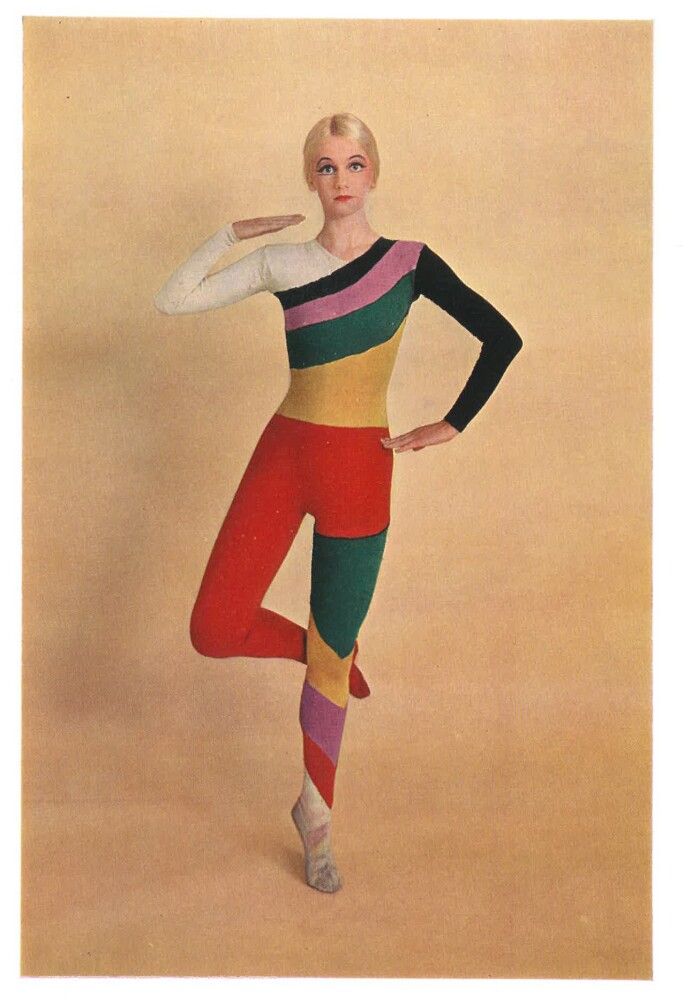T he story of some of the most curious – and dramatic – sales at Sotheby’s began with a large cardboard box delivered to the auction house in 1966. Inside, experts discovered a treasure trove of theatrical costumes designed for Diaghilev’s Ballets Russes company.
“The artists whom Diaghilev worked with on costume and stage designs were all of the same ones that we were selling in the Impressionist and Modern Art department,” explains Thilo von Watzdorf, who appraised the hoard. Artists who collaborated with the impresario included Picasso, Braque, de Chirico, Utrillo, Miró and Matisse.

The pieces were auctioned in June 1967 accompanied by an event in aid of the Royal Ballet School, with its students modelling the costumes and the guest of honour, the school’s then president Princess Margaret. The endeavour created huge excitement and publicity.
The second act took place in the unlikely setting of a ramshackle warehouse on the industrial fringes of Paris. Following the 1967 sale, Von Watzdorf and his colleague David Ellis-Jones went to France to appraise a cache of material placed in storage during the Second World War. “Piled right up to the ceiling were mountains of trunks with Diaghilev written on them,” Von Watzdorf recalls. This time-capsule had been hidden away by Diaghilev’s patron, the Russian tycoon Anthony Diamantidi.

Also present was Richard Buckle – esteemed ballet critic and Sotheby’s consultant – who was in his element, surrounded by bundles and baskets and covered in dust. “The southern Paris suburb of Montrouge, site of our dépôt, might seem to many a desolate characterless place, but no suburb lacks mystery to me,” he later wrote. “Rushing from hamper to hamper, I exclaimed ‘Here are Gontcharova’s costumes for Coq d’Or – These must be by Juan Gris for Les Tentations de la Bergère – This is Picasso’s Acrobat from Parade’.”

The subsequent sale in 1968, held at London’s Scala Theatre – with the rostrum perched on the stage – included décor and costumes, some 170 items conceived half a century earlier for ballets by Stravinsky, Ravel and Tchaikovsky. Picasso’s curtain for Le Train Blue – a vast cloth based on his Deux femmes courant sur la plage – provided a beguiling backdrop to the sale (it sold for £69,000 and is now in the Victoria & Albert Museum).

A final auction took place the following year at the Drury Lane Theatre where Madam Lydia Sokolova, the English ballerina hired by Diaghilev in 1913, enchanted bidders. “Despite being in her 80s she recreated a few minutes of the original choreography of Nijinsky,” recollects Von Watzdorf. “And got a big round of applause.”

Those Diaghilev auctions, which reached a crescendo half a century ago, were summed up perfectly by Buckle: “Two sales lasting little over four hours in all. What thought and work had gone into them!” he concluded. “Glimpses of the golden age of ballet design had been saved for posterity.”


